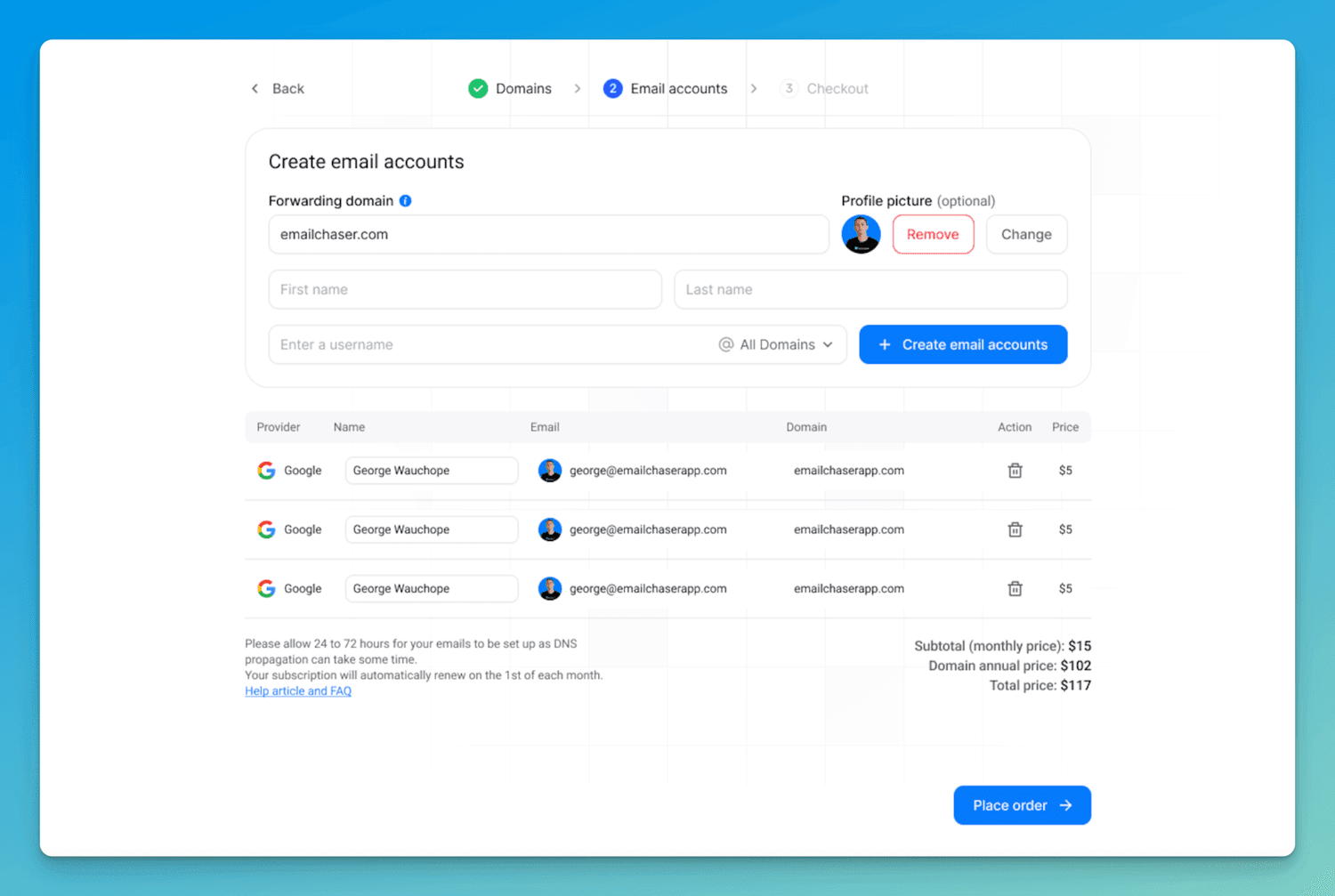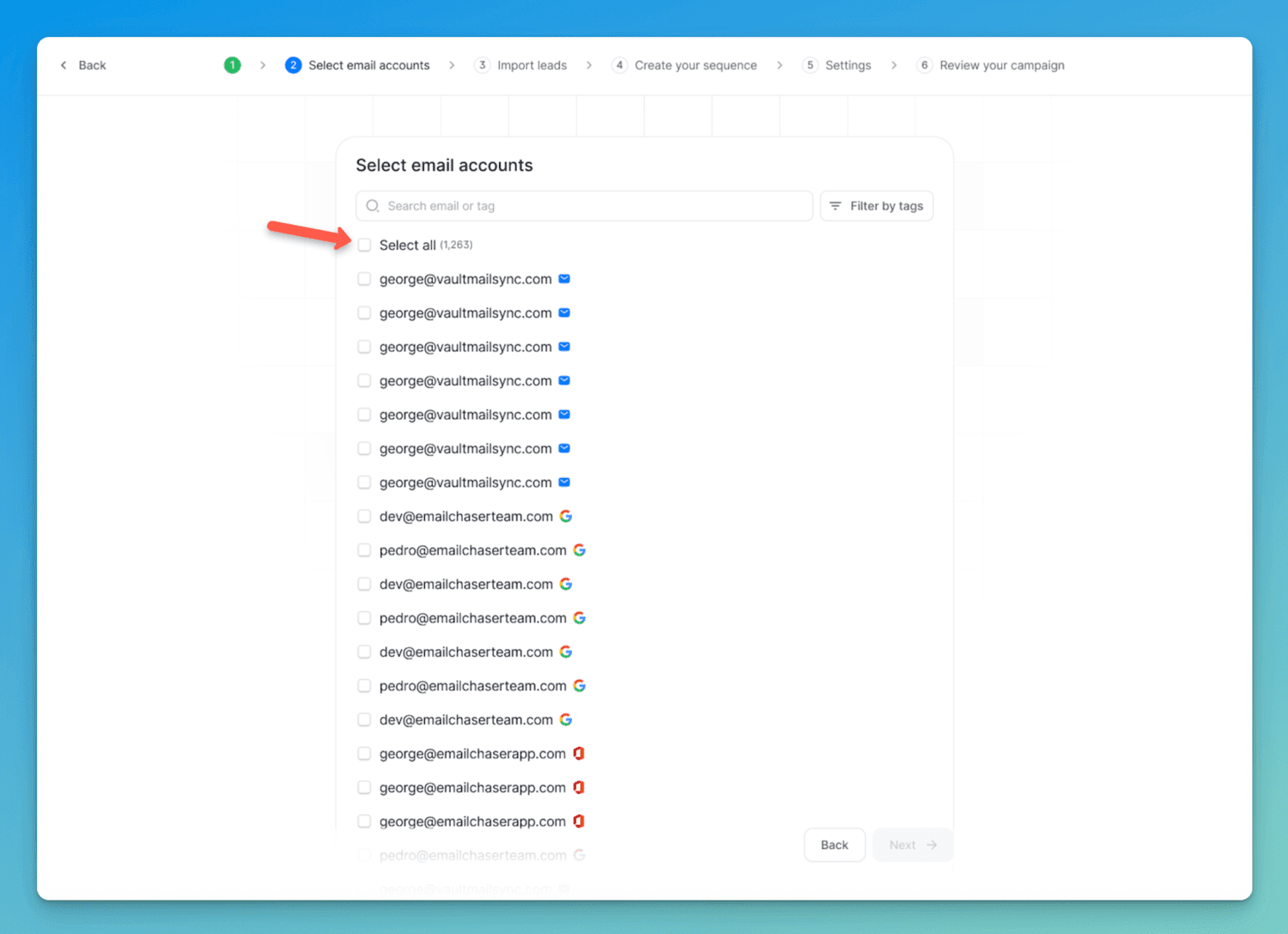Should You Use An SMTP Provider To Send Cold Emails? (Like SendGrid)
Updated December 2025
The short answer is NO: you should not use SMTP providers to send cold emails.
SMTP providers are not built for sending cold emails, meaning that your emails will go to spam.
In this article, I go into detail about why you shouldn’t use SMTP providers to send cold emails, and what you should do instead:
- What is an SMTP provider?
- Why you shouldn’t use an SMTP provider for sending cold emails
- What is the best way to send cold emails?
- Final thoughts
What is an SMTP provider?
SMTP stands for Simple Mail Transfer Protocol.
The Simple Mail Transfer Protocol (SMTP) is an application used by mail servers to send, receive, and relay outgoing email between senders and receivers.
An SMTP provider (such as SendGrid, Mailgun or Amazon SES) offers an SMTP service that allows people to send their email through their servers instead of using their own email servers. This allows people to not have to worry about maintaining their own email servers, which can be a difficult task.

Companies typically use SMTP providers to send transactional emails.
For example, a website might need to send an automated welcome email every time a user signs up for an account. SMTP providers allow companies to send these types of transactional emails.
Transactional emails are not cold emails.
Why you shouldn’t use an SMTP provider for sending cold emails
There are many reasons why you should not use SMTP providers to send cold emails.
I have highlighted below the main reasons:
1. You will have bad email deliverability
If you send your cold emails through an SMTP provider, then your emails will most likely end up in the Promotions or Spam folder.
Email Service Providers (such as Gmail and Outlook) can see that the IP addresses from your emails are being sent from an SMTP provider, and will automatically put your emails in the Promotions or Spam folder.
The reason that they do this is because they know that emails sent from SMTP providers are transactional emails, so if you send your cold emails from an SMTP provider, then Gmail and Outlook will treat your emails as transactional emails, and automatically place them in the Promotional or Spam folder.
2. Your “Sent From” will not look personalized
When you send cold emails from Google Workspace (Gmail) or Microsoft 365 (Outlook), you are sending emails from your own email address.
This means that your “Sent From” will show your name and email address. This looks personalized and will result in a high response rate.
If you send cold emails through an SMTP provider, then your emails are sent by the SMTP provider on your behalf. This results in your emails stating in the header that they were sent via the SMTP provider.
This does not look personalized and will negatively affect your response rate as prospects don’t respond to emails if they think they are automated.
3. You will be placed on blacklisted shared IPs
SMTP providers use shared IP addresses when sending emails.
What this means is that they will group your email sending onto the same shared IP address as many other people.
If you are breaking their terms of service by sending cold emails (something that SMTP providers don’t allow), then your emails will most likely be placed in spam by Gmail and Outlook. They will see that your emails are being sent from blacklisted IP addresses (which the SMTP provider put your account on), and will then proceed to send all of your emails to spam automatically.
4. You would be breaking their terms of service
SMTP providers do not allow their customers to send cold emails on their platforms.
It’s against their terms of service, meaning that they will ban your account.
5. You won’t have good results
Furthermore, cold email is a 1 to 1 activity that works best when you send personalized and targeted emails to specific leads.
The idea of using an SMTP provider to send a high volume of non-personalized cold emails is not effective.
If you want to send a high volume of personalized cold emails, then check out my article How To Personalize Your Cold Emails At Scale.
What is the best way to send cold emails?
If you want your cold emails to land in the primary inbox, and look like they were sent from a real person, then you need to set up professional email accounts through Google Workspace.
The easiest way to set up Google Workspace email accounts is by using Emailchaser's "done-for-you" setup service. This allows you to order domains and email accounts without needing to do any technical set up yourself.

Once you have the Google Workspace email accounts set up, you can then connect multiple email accounts to a campaign, using Emailchaser's "inbox rotation" feature, which allows you to scale sending volume without going to spam.

Frequently asked questions
What happens if you send cold emails with an SMTP provider?
If you send cold emails through an SMTP provider, then your emails most likely will go to spam.
What are SMTP providers used for?
SMTP providers are used for transactional emails, such as sign up and account notification emails.
Final thoughts
You should not send cold emails through SMTP providers (like SendGrid).
Doing so will cause your emails to land in spam, and will also make your emails look automated (not sent by a real person).
Instead, you should create an email account through Google Workspace, and connect it to a cold email sending tool (like Emailchaser) that has inbox rotation.
Article by
George Wauchope
Founder of Emailchaser.
I have been working in the sales & marketing industry for nearly a decade.
When I’m not working on my business, I enjoy eating sushi & doing jiu-jitsu.
About the author
Address: 151 Calle de San Francisco San Juan, Puerto Rico
Email: [email protected]
© Copyright 2025 Emailchaser